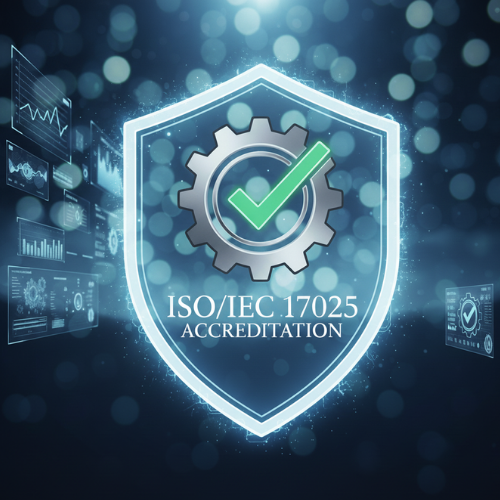
Global Standards, Local Expertise
We bring global standards like EN 15259 to your doorstep. Our team of experts understands international best practices and applies them effectively within the context of Indian regulatory requirements.
Welcome to TCQA Labs, your trusted partner in environmental compliance. We are proud to be India's first and only laboratory offering specialized Homogeneity Test as required by EN 15259 (Characterisation of an un-homogenous stack). Our unique expertise and indigenously developed state-of-the-art facilities ensure that your emissions measurement locations meet the highest national and international standards.
The Homogeneity Test is a mandatory preliminary on-site check performed to determine if the concentration of the pollutant being measured is uniformly distributed across the entire measurement cross-section of the stack. It is the first step in characterizing a homogeneity in stack to ensure that subsequent measurements (like the Annual Surveillance Test or QAL2 accurately represent the total emission load.
The Homogeneity Test involves a rapid preliminary survey followed by a more rigorous assessment, typically using short-term sampling traverses across the duct. The test method utilizes Standard Reference Method (SRM) principles for rapid, simultaneous sampling at multiple points
Traverse Points
Measurements are taken at numerous traverse points across the measurement plane to calculate the degree of heterogeneity.
SRM Methods Used
While EN 15259 defines the procedure, the actual concentration measurement relies on rapid-response SRMs. The testing may use methods equivalent to those applied in AST, such as those specified in CEN/TS and EN standards, to ensure the highest level of accuracy for gaseous pollutants, or the methods for particulate matter and flow.

We bring global standards like EN 15259 to your doorstep. Our team of experts understands international best practices and applies them effectively within the context of Indian regulatory requirements.

Our Homogeneity Test ensures you have a representative measurement plane and the correct number of sampling points for all future compliance checks (AST, QAL2, and regular monitoring).

By characterizing your stack correctly from the start, we prevent measurement errors that could lead to non-compliance, ensuring the reliability of your data over the long term.

Ensuring homogeneity prevents issues arising from stratification (uneven pollutant distribution), helping you avoid fines, legal issues, and the cost of repeated tests due to unrepresentative sampling.
Quality is at the heart of everything we do.

ISO/IEC 17025 Accreditation: We are an ISO/IEC 17025 accredited testing laboratory by the International Accreditation Service (IAS, USA), an ILAC member, a globally recognized body. This is the standard for labs worldwide, proving our technical competence and ability to produce precise and accurate data for EN 15259 testing. It validates our technical capabilities and the international acceptance of our test reports.